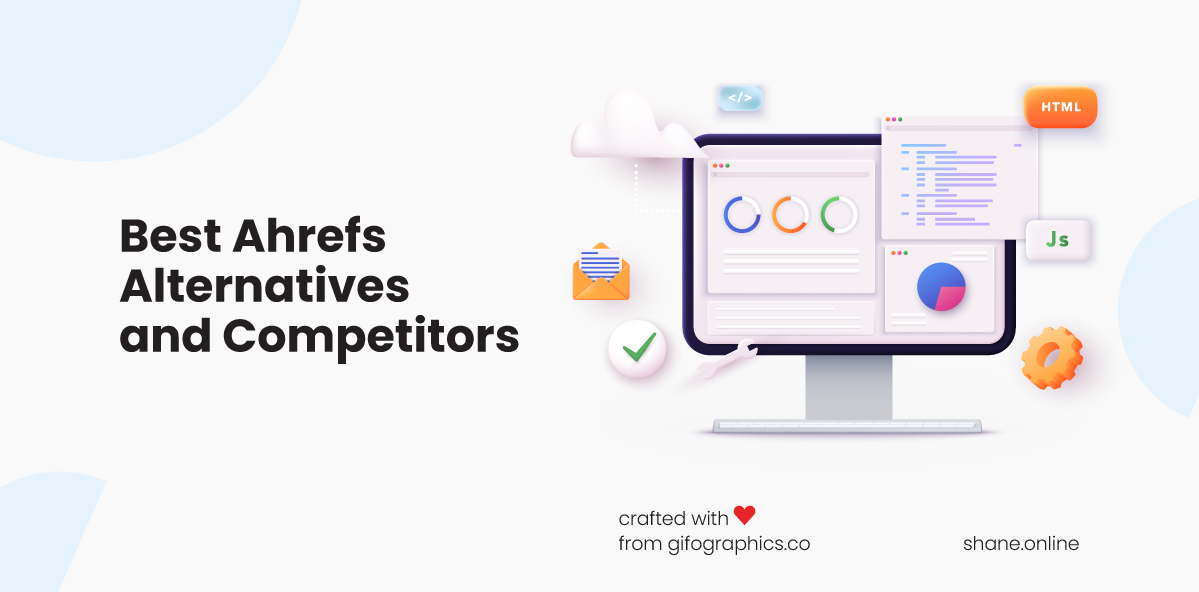- Digital Marketing Mix
- Posts
- 🖼️ Unlock the Power of Image Metadata for SEO!
🖼️ Unlock the Power of Image Metadata for SEO!
Learn how optimizing image metadata can boost your SEO game and improve click-through rates.

Disclosure: This content may contain few affiliate links, which means if you click on them, I will get a commission (without any extra cost to you).
Hey there!
This week, we're taking a closer look at a detail that can make a big difference in your SEO game: image metadata. Does it really matter for SEO? And if so, how can you optimize it to rank higher? Let’s dive in!
What you'll find in this week's newsletter:
A brief introduction to image metadata and its role in SEO
How metadata impacts image rankings
Practical tips for adding metadata to your images
Featured tool of the week: Vista Social
What Is Metadata and How Does It Relate to SEO?
In the world of SEO, metadata usually refers to the information we include in page elements like titles, descriptions, and structured data. But did you know that images also have their own metadata? This data helps describe aspects of the image, such as who created it, credits, or copyright information. Just like metadata for a webpage, image metadata tells search engines more about the image and its content, which can ultimately enhance its visibility.
Image Metadata Types and Why They Matter
When it comes to images, metadata comes in several forms, such as structured data, IPTC photo data, and EXIF data. Each of these provides specific information about the image to help search engines better understand and display it.
Structured data: This information is added to the page, not directly on the image. Google recommends using properties like 'creator' and 'license' to ensure your images can be properly indexed and eligible for rich snippets like the “licensable” label.
IPTC photo data: This is widely used among photographers and media organizations to add information about the image creator and copyright. Google uses this data to signal authenticity, such as tagging images as “AI-generated” if applicable.
EXIF data: EXIF metadata includes details about how and when the image was captured, such as camera settings or location. Though Google has said it may consider using EXIF data in rankings, there’s no solid evidence yet that it directly impacts search rankings.
Why Image Metadata Matters for SEO
While metadata might not have a direct impact on rankings, it can make a significant difference in click-through rates (CTR). The more descriptive and helpful your metadata is, the more likely users are to click on your image in search results, and those interactions could indirectly influence your ranking. Moreover, providing rich metadata for your images helps search engines understand their content better, potentially resulting in enhanced search listings.
Tips for Adding Metadata to Images
Add Alt Text: Always include descriptive alt text. This helps search engines (and screen readers) understand what the image is about, boosting accessibility.
Use descriptive file names: Name your images clearly, e.g., 'red-leather-sofa.jpg' instead of 'IMG1234.jpg'. The file name gives search engines a clue about the content.
Implement structured data: Use JSON-LD or Microdata to add details like creator, license, and content URL. This helps your image stand out in search results and be eligible for enhanced snippets.
Optimize speed: Remember, the faster your image loads, the better it is for SEO. Compress images and choose formats that balance quality and speed, such as WebP.
Image metadata might not directly influence search rankings, but it plays a crucial role in enhancing click-through rates and providing context to search engines. By optimizing image metadata, you can improve how your images are displayed in search results and ultimately drive more organic traffic. Start implementing these tips today, and watch your image SEO take off!
Until next time, keep optimizing!
The Featured Tool of the Week
Vista Social
Vista Social offers everything you need to manage your social media presence effectively. From scheduled posts to in-depth analytics, Vista Social is designed to make social media management seamless.
With features like easy integration, customizable content, and detailed performance tracking, it’s a great fit for any marketer looking to elevate their social game.
Unlock the full potential of your workday with cutting-edge AI strategies and actionable insights, empowering you to achieve unparalleled excellence in the future of work. Download the free guide today!
Looking for more in-depth strategies and exclusive content?
Check out my Gumroad page for courses, guides, and tools that can help take your digital marketing to the next level. Whether you're looking to master SEO, influencer marketing, or content strategies, I've got resources to get you there. Plus, you'll find some free content to help you get started right away!
Visit my Gumroad page and explore everything I have to offer!
Must Reads From the Blog!
1. Found the insights helpful? Forward this email to help fellow business owners or marketers.
2. Spread the word. Encourage your friends or followers to sign up.
3. Sponsor a newsletter issue to get your SaaS product in front of over 10,000 SEOs, marketers, and entrepreneurs.
4. Have us test and review your marketing or business tool on ShaneBarker.com. We can write a product review, comparison, or industry listicle for you ⇒ Find the details here.
If you have any specific questions or topics you'd like us to cover in future newsletters, please feel free to reach out. We'd love to hear from you!
To your content marketing success,
Shane Barker




